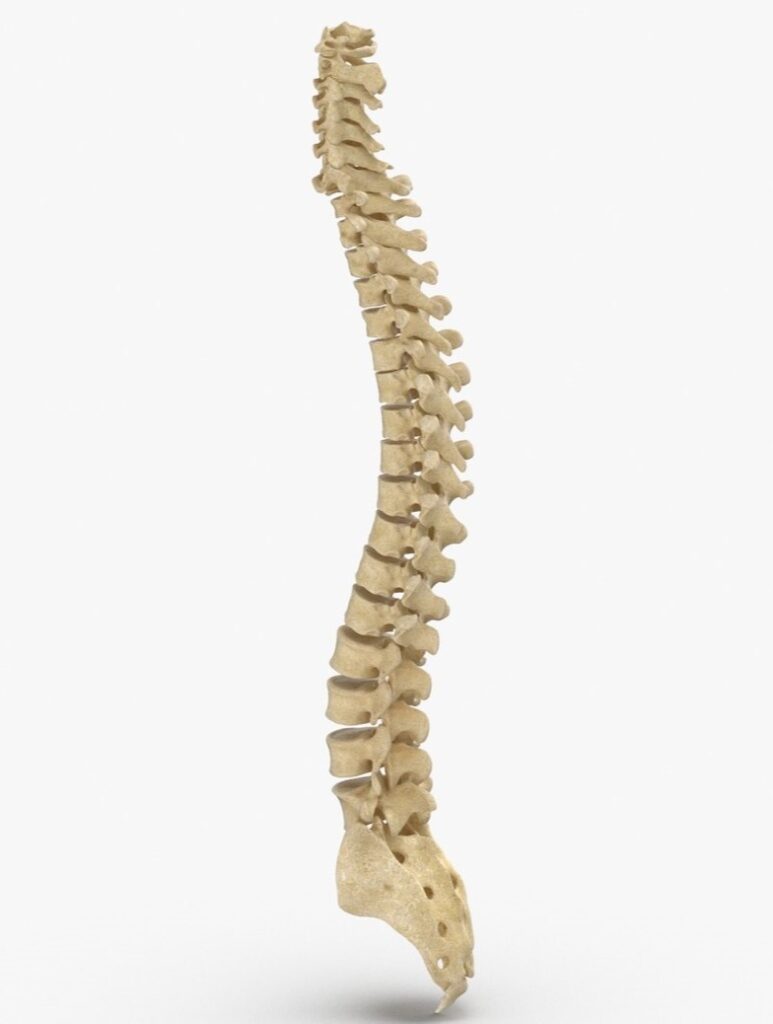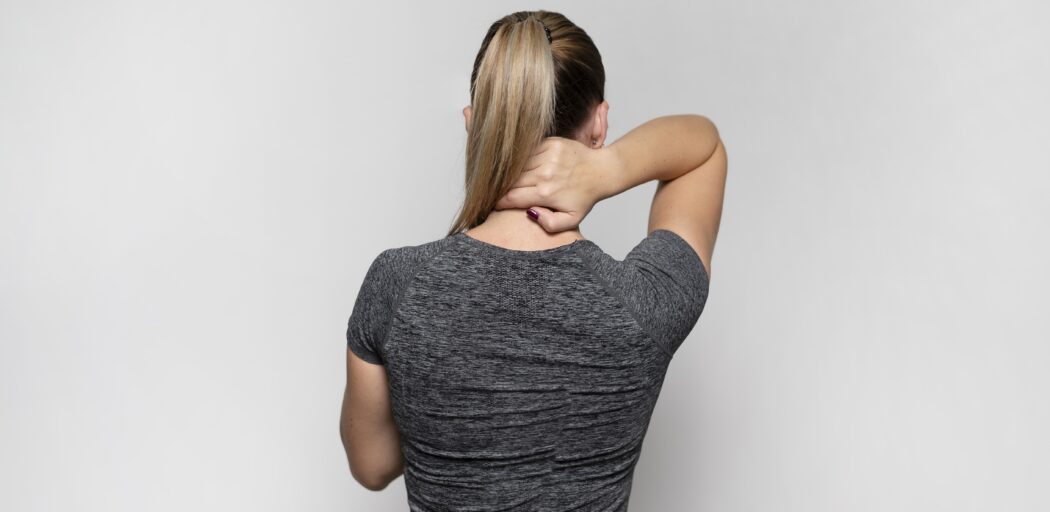Spine anatomy
- Cervical Spine
- Thoracic Spine
- Lumbar Spine
- Sacral Spine
- Coccygeal Spine
Vertebrae Structure
- Vertebral Body: The large, rounded portion that bears weight.
- Vertebral Arch: A bony structure that encloses the spinal canal, formed by pedicles and laminae.
- Spinous Process: The bony projection at the back of each vertebra, which can be felt along the spine.
- Transverse Processes: Projections on either side of the vertebra that serve as attachment points for muscles and ligaments.
- Intervertebral Discs: Cartilaginous pads between vertebrae that act as shock absorbers and allow for flexibility and movement.
Spinal Canal and Nerves
- Spinal Canal
- Spinal Cord
- Nerve Roots


What causes my back pain?
Back pain can arise from various factors. Herniated discs can also contribute, as they may bulge or rupture and press on nearby nerves. Degenerative disc disease, which occurs as discs age and lose hydration, can lead to pain as well.
Arthritis, particularly osteoarthritis, can cause inflammation and discomfort in the spine. Conditions like scoliosis, which involve abnormal curvature, can also lead to pain. Osteoporosis, characterized by weak and brittle bones, can result in fractures that cause significant discomfort.
Infections, such as spinal infections, can lead to severe pain, while tumors, whether benign or malignant, can develop on the spine or in surrounding tissues and contribute to discomfort. Poor posture over time can place undue stress on the spine, leading to pain. Lifestyle factors, including obesity, lack of exercise, and smoking, can further exacerbate back pain. If someone experiences persistent or severe pain, it’s essential to consult a healthcare professional for an accurate diagnosis and appropriate treatment.
What is a TLIF surgery?
Transforaminal Lumbar Interbody Fusion (TLIF) is a spinal surgery technique used to treat various conditions affecting the lumbar spine, such as herniated discs, degenerative disc disease, or spinal instability.
During the procedure, the damaged disc is removed and a bone graft or an interbody spacer (cage) may be inserted to promote fusion between the adjacent vertebrae. This helps stabilize the spine and alleviate pressure on surrounding nerves. TLIF is often preferred for its potential to reduce muscle damage and improve recovery time compared to more traditional approaches.
What is a Plif Surgery?
Posterior Lumbar Interbody Fusion (PLIF) is a surgical procedure used to treat various conditions affecting the lumbar spine, such as herniated discs, degenerative disc disease, or spinal instability. During PLIF, the surgeon accesses the spine from the back. The procedure involves removing the damaged intervertebral disc and inserting a bone graft or interbody spacer (cage) into the disc space to promote fusion between the adjacent vertebrae.
By stabilizing the spine, PLIF helps relieve pressure on the spinal nerves, reducing pain and improving function. This technique may involve the use of instrumentation, such as screws and rods, to provide additional support.


Do I need spine screws?
A spine screw may be needed for various reasons related to spinal stability and alignment. Common situations that may require spine screws include conditions like spinal fractures, degenerative disc disease, scoliosis, or spinal instability following surgery or trauma. They are often used in procedures like spinal fusion, where the goal is to stabilize the spine and promote healing by fusing vertebrae together.
The decision to use spine screws is typically made by an orthopedic or neurosurgeon based on the specifics of your condition, your symptoms, and overall health.
How long do spine screws last?
Spine screws are designed to be long-lasting and can remain in place for many years, often for a lifetime. Once properly implanted, they typically do not require removal unless there are specific issues, such as infection, mechanical failure, or persistent pain. The longevity of spine screws can depend on factors like the individual’s health, activity level, and the specifics of the spinal condition being treated. If you have concerns about the longevity of your spine screws, it’s a good idea to discuss them with your surgeon.
Life with spine implant
Life with a spine implant can significantly improve quality of life for many people. After recovery, individuals often return to normal activities, including work and exercise, though there may be initial restrictions on heavy lifting or high-impact sports. Physical therapy is typically recommended to strengthen the back and improve mobility. Regular follow-ups with healthcare providers are important to monitor the implant and overall spinal health. Many find that the implant leads to less pain and greater mobility, enhancing their daily activities. If you have specific concerns, discussing them with your healthcare provider can offer personalized guidance.





